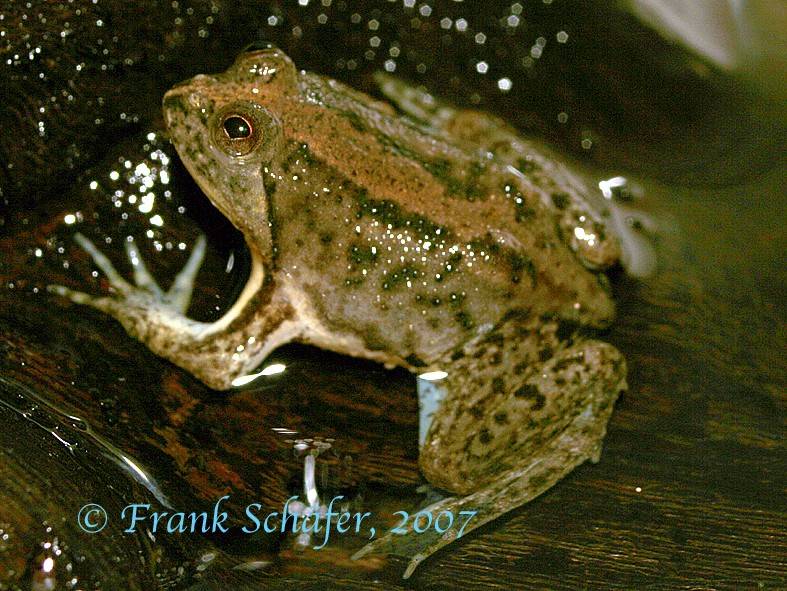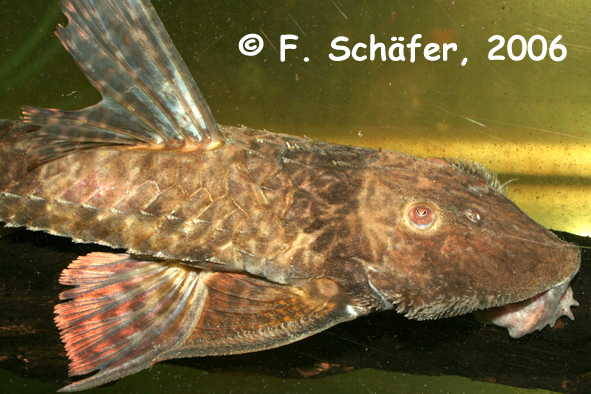
(17.Dec.2007) Pistolshrimp…that`s what they are called. Currently we have a very limited number in stock.
Generally this is a brackish item, which is totally adapted to live in freshwater. They come from the peninsula
of Malaysia. They can create a sound like the shoot of a pistol, which is why they are called Pistolshrimp. You
can hear this very well even outside of the tank! Among themselves they are incompatible. We recommend to keep
them single. You can feed them with all kinds of different foods….they just eat everything.
(Photo F.Schäfer, Text R.Neunkirchen)
| Angaben zum Tier | |
|---|---|
| Herkunft | Thailand |
| Verfügbare Größe in cm | 5-7 |














































 In the last years some quite difficult to classify new species of characins arrived from Paraguay. Usually they belong to the genera Creagrutus, Hemibrycon and Piabarchus. As a common characteristic a high swimming activity can be called for all species of this relationship. They need thus tanks, with a large free swimming area. Thus long stretched aquaria are ideal for them. There a strong current can be produced with the help of a centrifugal pump, in which they can organize their “swimming contests”. They like to jump, a complete cover helps to avoid losses. According to their origin they do not like it durably hot, an unheated aquarium is very pleasant and preserve the purse of the owner. They do not place increased requirements on their nutrition, living and frosted food are preferred, but they can also be fed with flake food.(Photo F. Schäfer, Text K. Diehl)
In the last years some quite difficult to classify new species of characins arrived from Paraguay. Usually they belong to the genera Creagrutus, Hemibrycon and Piabarchus. As a common characteristic a high swimming activity can be called for all species of this relationship. They need thus tanks, with a large free swimming area. Thus long stretched aquaria are ideal for them. There a strong current can be produced with the help of a centrifugal pump, in which they can organize their “swimming contests”. They like to jump, a complete cover helps to avoid losses. According to their origin they do not like it durably hot, an unheated aquarium is very pleasant and preserve the purse of the owner. They do not place increased requirements on their nutrition, living and frosted food are preferred, but they can also be fed with flake food.(Photo F. Schäfer, Text K. Diehl)























































